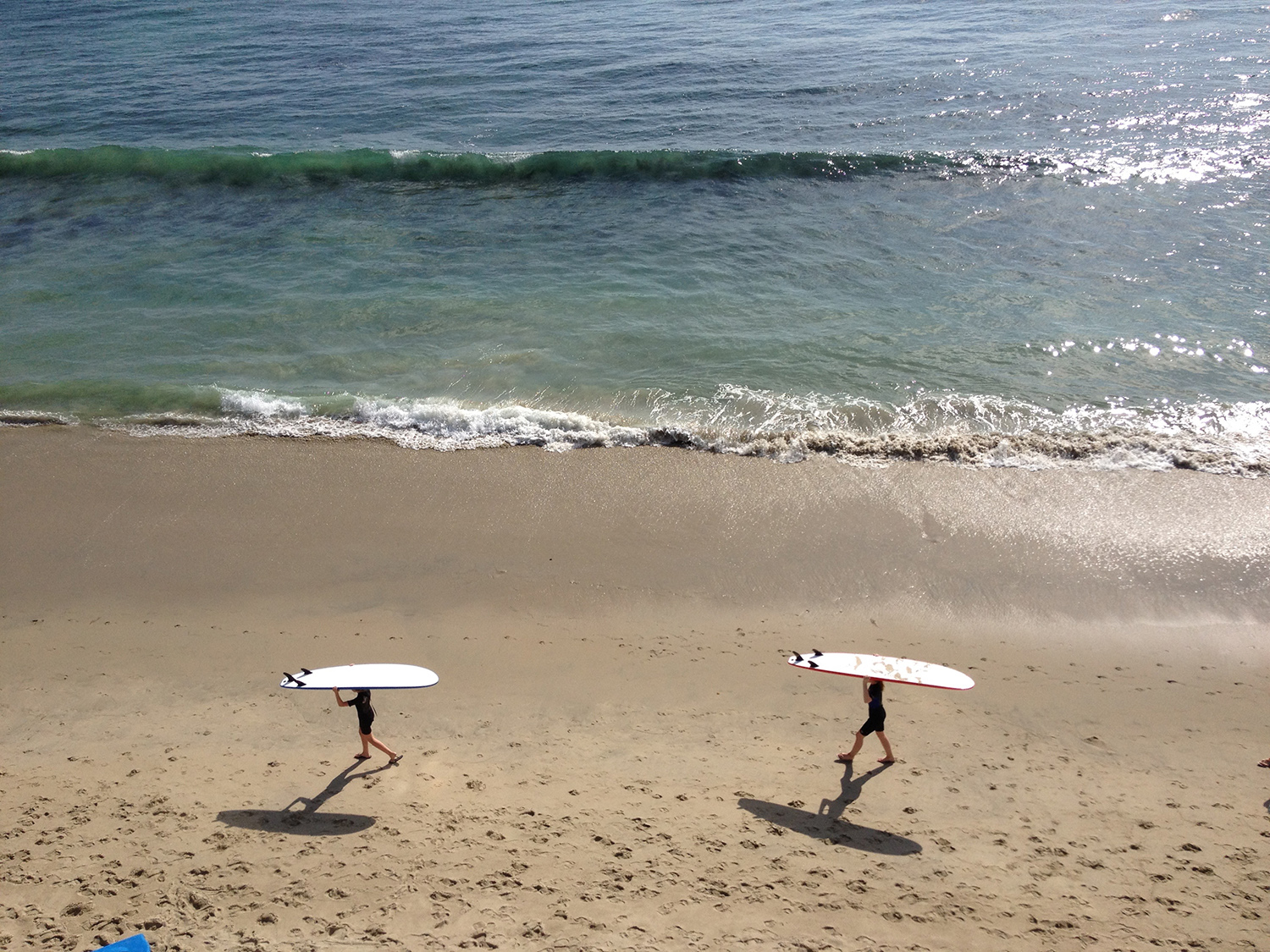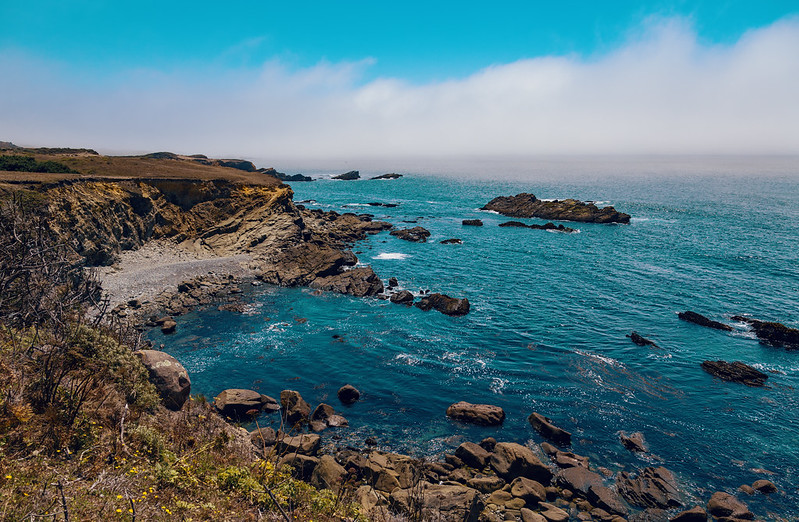How Little We Know: Humans and Recreation on the California Coast
| by Charles Colgan, Phil King, and Sarah Jenkins
The California coast extends across 1,200 miles (3,000 miles depending on what is counted). There have been extensive investments in understanding the physical and biological dimensions of the coast. There are numerous world-class ocean science institutions in California furthering understanding of those dimensions. However, there has been little effort to understand one of the key components of the marine ecosystem: human use.

California is known throughout the state, nation, and world for its beaches, but the California coast provides so much more in recreational opportunities than just a day at the beach. However, if one were to ask: “How many people actually visit the coast for recreation”, the answer is “No one really knows”.
The reason is simple. No one asks this question on a regular basis. Extensive monitoring of the physical conditions of the coast and coastal waters takes place but nothing remotely comparable is done to track the millions of people who come to the coast. In a study released November 2021, “Coastal Recreation in California: Beyond the Beach”, the Center for the Blue Economy and collaborators attempted to address this question.
Because there is no systematic, regular assessment of coastal recreation in California it is difficult to make decisions about current and future uses of the coast.
These decisions include addressing such questions of how much of the coast to set aside for conservation purposes. California has an extensive network of Marine Protected Areas in addition to federal and local conserved lands and waters. Perhaps even more critically, climate change will alter the physical dimensions of the California coast in ways that may dramatically alter future human uses. Without a baseline, the impact of these changes on visitation and recreation can never be known.

Our most important finding was about how little we know about the tens of millions of people who fish, boat, sightsee, tide pool, or just walk along the shore.
This study is an effort to compile a picture of the uses and users of the California coast for recreation based on available information. It synthesizes estimates compiled from a variety of sources including past studies of recreation, data from public agencies, and many other sources. The focus of the report is on the recreational uses “beyond the beach” in order to emphasize the wide variety of uses across the length of the coast. The data covers different periods and different geographies and so is not always comparable across time and places, making summary measures difficult. Included in the report are recommendations for improving the measurement of coastal recreation.
Principal conclusions of the report include:
- Over 50% of the California population likely visits the coast for recreation ever year.
- By far the most important form of recreation on the California coast is simply experiencing the coast whether from locations on land or in a boat
- The most popular uses of the coast are nonconsumptive uses, including not only beach going, but also recreation classified as “active”, such as swimming or boating, and recreation classified as “passive” such as scenic drives and photography.
- Southern California accounts for most coastal recreation if beaches are included, but Central and Northern California account for most non-beach uses and nonconsumptive uses.
- While State Beaches are quite popular, State Parks, which contain many different shoreline types in addition to beaches are more popular.
- We know, with reasonable accuracy, how many boats people own and where they are docked or moored, but boating activity is not tracked regularly. This is true both for self-owned boats and for hired boats, whether rentals and charters, dinner cruises in the harbor, or nature viewing boat trips.
- The highways with coastal views, in particular California’s Highway 1, are a very important asset whether the sightseeing is a principal or an incidental purpose of a trip.
Given the importance attached to the coast and the threats of climate change, it is essential that efforts must be made to improve our systems for continuing recreational use of the coast.
Methods to expand data collection and improve precision of estimates are available that can greatly improve understanding of recreational uses, and which can be implemented at modest cost. Implementing these approaches and expanding the knowledge base of how many people use the coast for recreation, who the people are, and what they do for recreation is essential to the sustainable use of California’s coast.
For More Information
Read the full study: Coastal Recreation in California: Beyond the Beach
